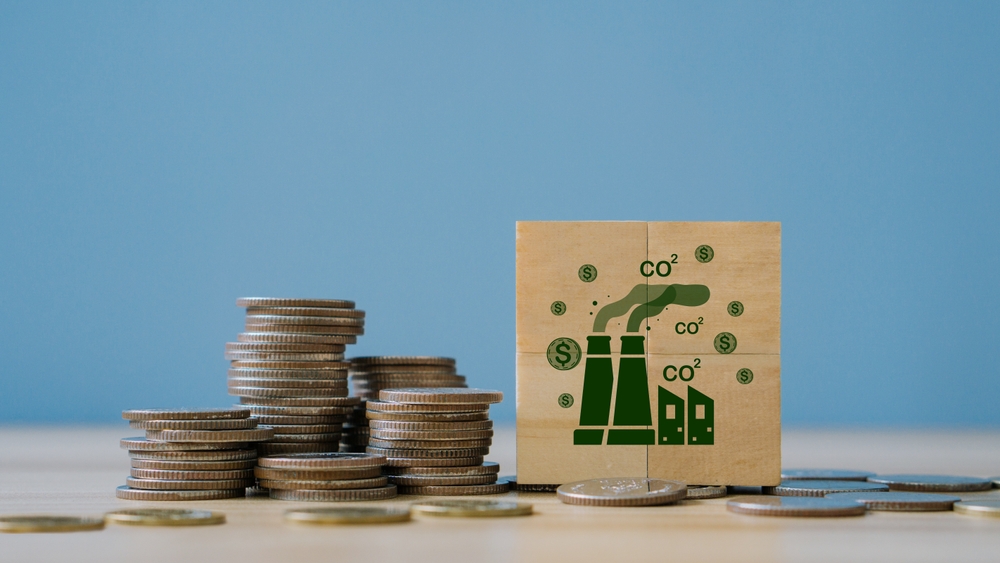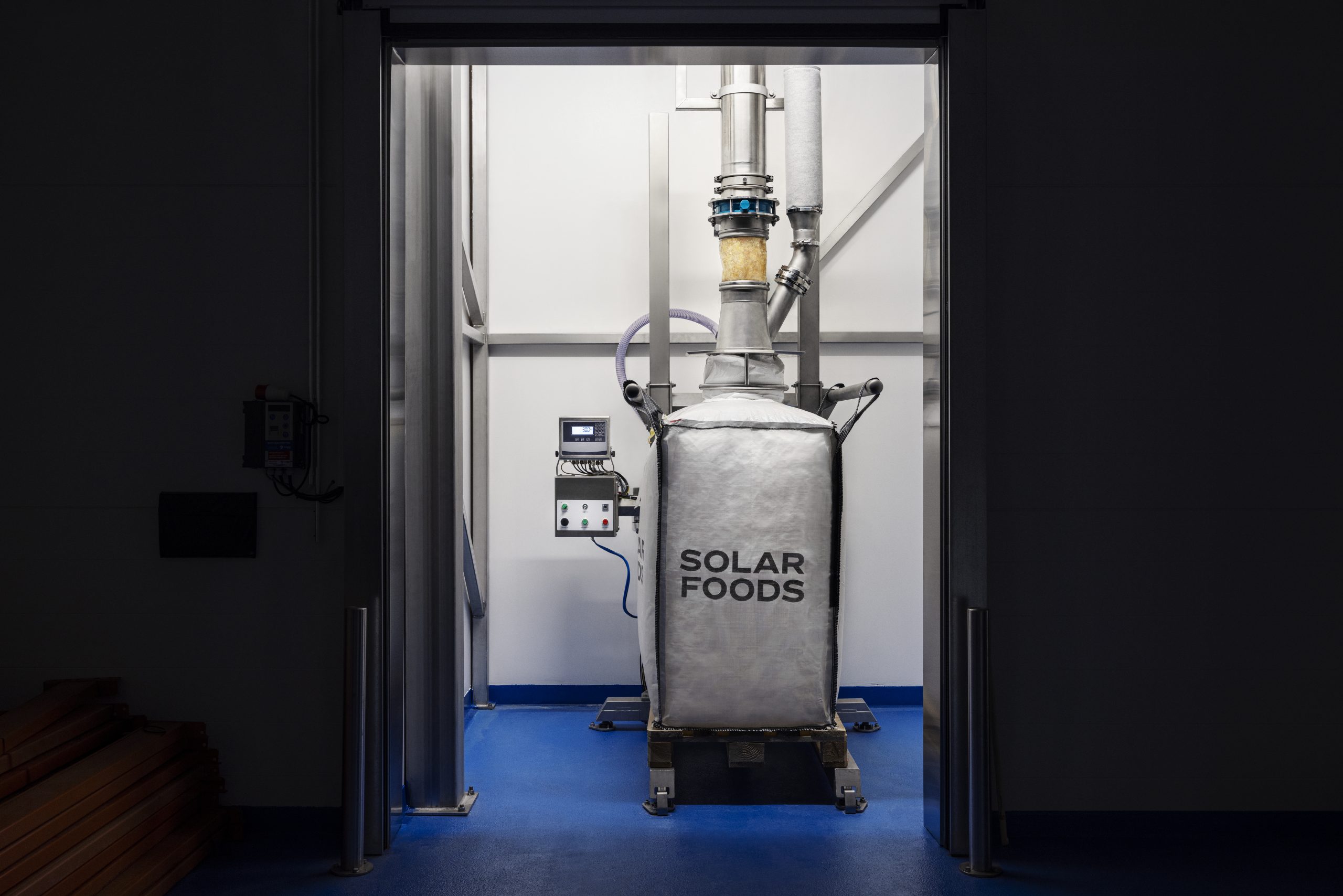Taking a break is often prescribed now for health and fitness.
Marco Visscher | July 2004 issue
A new realization that faster is not always better is making itself felt not only in people’s jobs and personal lives, but in the doctor’s office. More and more studies reveal that patience is often the best medicine. The human nervous system, for example, is capable of repairing itself after being damaged. Individual cells can shift their function to promote healing. The controversial British doctor Vernon Coleman suggests that 90% of all illnesses require no professional treatment because the body is perfectly capable, if you give it time, of taking care of itself.
Needless to say, if we’re in a car accident we want a speedy ambulance to rush us to the hospital and doctors to treat us immediately. But for a whole slew of modern ailments, the main thing conventional medical science provides is confusion and disillusionment. Hence the growing interest in alternative and complementary therapies, which owe some of their success to an emphasis on a calmer and more moderate lifestyle. About half of North Americans currently seek healthcare assistance outside the established medical system. Great Britain now has more alternative healers than conventional GPs and the World Health Organisation has launched a campaign to integrate the best complementary therapies into conventional medical practice.
Gardening, painting, music, walking through the woods, watching a comedy, adopting a pet: these are all calming activities that help people heal. Meditation rooms are increasingly seen in airports, schools, prisons, office buildings, and hospitals. And at certain health clubs, yoga is more popular than aerobics. Jane Fonda, once the queen of huffing and puffing, is now making yoga videos.
Research shows that meditation lowers blood pressure and produces slower alpha waves in the brain, which stimulates intuitive and creative thought – even when you haven’t meditated for quite some time. A study that tracked subjects for five years found that people who meditate cut their chance of getting sick by 56%.
Yoga also offer calming and healing properties. It can help you strengthen your chi, your life force or energy, when it gets blocked by stress, anxiety, illness or too much pressure at work. It helps your body and mind become better attuned with one another. And despite the slow, controlled movements, yoga still makes you physically fit.
Then there’s SuperSlow, a hip new way to lift weights that supporters say anyone can do. Instead of moving a weight up and down in six seconds, with SuperSlow you take a full 20 seconds. This promotes more effective muscle development, and your strength increases faster compared to conventional methods of weighlifting. The exercises are apparently so intense, they are never done for longer than 20 minutes at a time. – MV











